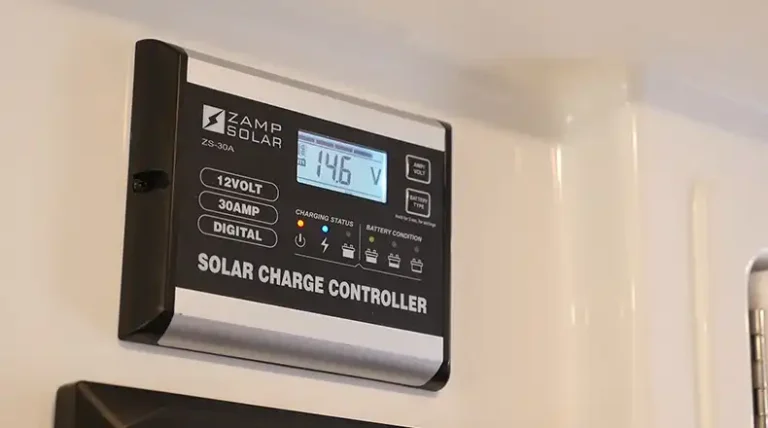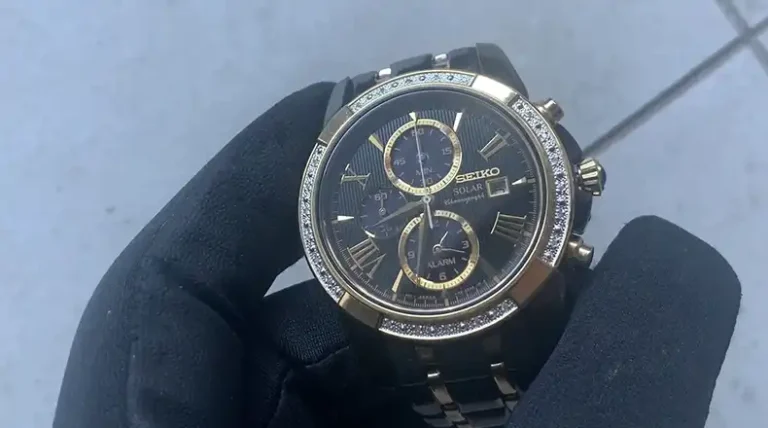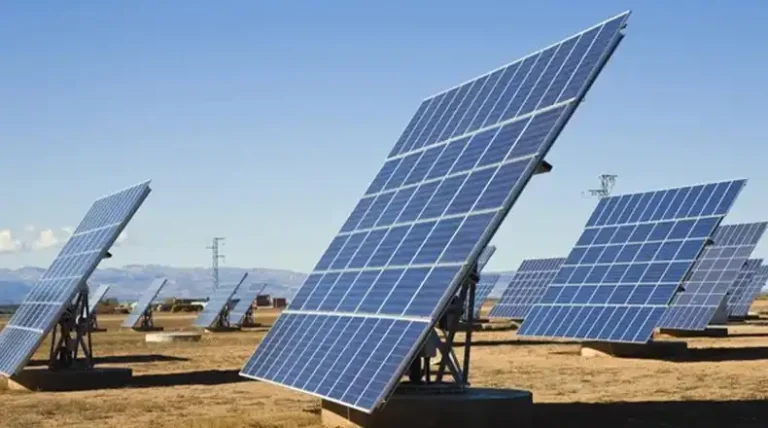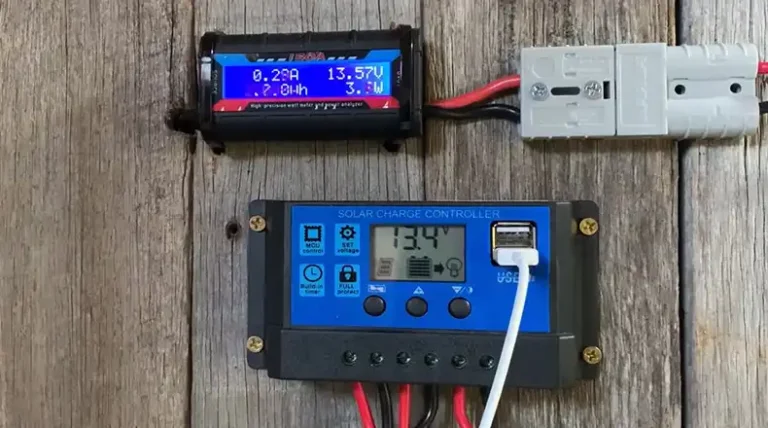Can You Charge a Solar Watch with a UV Light?
With the rising popularity of solar-powered watches, many owners wonder if they can harness other light sources besides direct sunlight to charge their eco-friendly timepieces. Specifically, questions arise about utilizing ultraviolet (UV) light to power solar watches. This issue comes packed with challenges and considerations.
The good news is- yes, you can charge a solar watch with a UV light, but results may vary. Success depends on technical factors regarding the watch and UV lamp. However, as UV lighting lacks the full-spectrum properties of the sun, power output proves lower, slowing the charging process.
Curious to learn more? Let’s explore the core issues around charging solar watches with UV light. I also have provided tips to make this alternative charging method work best when sunlight isn’t available. Time’s a-wasting, so let’s jump in!
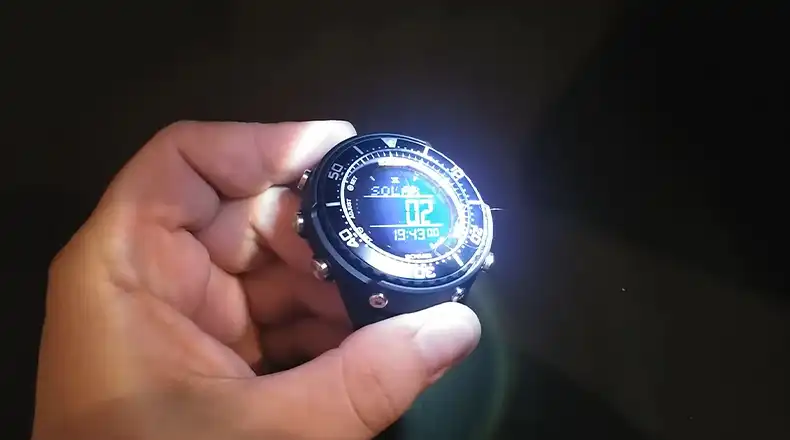
How Do Solar Watches Work?
To understand charging solar watches with UV light, we must first cover the basic functions and components of solar-powered timepieces.
In general, solar watches operate like quartz watches but with rechargeable batteries and solar cells to convert light into energy. Here are the main elements:
- Solar Cell Panel: The solar cell or photovoltaic panel converts light photons into electrical current. The panels contain photosensitive materials like monocrystalline silicon or amorphous silicon that release electrons when exposed to light. As the electrons flow, they generate electricity.
- Storage Battery: The electrical current charges a compact storage battery or capacitor. Common chemistries include lithium-ion, nickel-metal hydride, or traditional silver oxide. The battery stores power reserves to run the watch when not in sunlight.
- Voltage Regulator: This component manages the power from the solar cell and regulates battery charging. It prevents overcharging and damage.
- Quartz Movement: An internal quartz crystal movement keeps the time. The battery powers this movement.
- Microcontroller: A microcontroller regulates the quartz movement and other watch functions based on the battery power level.
When exposed to light, the solar cells actively charge the battery continuously. The regulator ensures safe battery levels while the quartz movement maintains the watch’s functions. This creates a self-sufficient system once initially charged via sunlight.
Now let’s see how artificial UV light factors into charging compared to natural sunlight.
How Ultraviolet Light Differs from Sunlight
Here we must examine how ultraviolet light differs from full-spectrum sunlight and the implications for solar charging:
Full Spectrum vs UV Wavelengths
Sunlight contains a full spectrum of light wavelengths including infrared, visible, and ultraviolet rays. In contrast, UV lamps emit concentrated ultraviolet wavelengths only.
Lower Power Output
Given the full spectrum exposure, sunlight delivers far higher energy density and power output versus UV light sources. This limits the charging speed of UV lamps.
Aligning UV Spectrums
Not all UV wavelengths work equally. Solar cells respond best to UVB wavelengths around 280-315 nm. So output must align not just with UV level but with optimal nanometer ranges.
Radiation Exposure
Excess UV exposure causes radiation dangers to the skin and eyes. Safety limits the duration of UV lamp charging versus unlimited sun exposure.
Basically, UV light provides a narrow, lower-powered subset of the solar spectrum. Both lamp output and safety precautions limit feasible charging windows. But with careful UV source selection for wavelength and power, charging remains possible for solar-powered watches.
Key Factors That Allow Charging Solar Watches with UV Lights
Given the above challenges, what factors enable successfully charging solar watches with supplemental UV lamps? Here are the key elements to consider:
- Solar Cell Type
The solar cell material affects light absorption ranges. Silicon-based cells respond well to wider visible and UV light. Amorphous titanium oxide cells absorb UV but work better with visible light. Matching UVB output to cell technology improves results.
- Battery Capacity
Watches with larger solar cell surface areas and batteries can charge from lower power light. Smaller capacities require stronger light. Extended charging allows UV lamps to build a charge over time.
- UVB Wattage Output
As mentioned before, higher UVB wattage output in the 280-315 nm range enhances charging speed and efficiency. Bulb ratings measured in microwatts per square centimeter indicate strength.
- Exposure Duration
Given lower irradiance, charging requires consistent and extended UV lamp exposure. Dedicated charging sessions allow batteries to accumulate charge versus incidental light.
- Distance from UV Lamp
Positioning the watch closer to the UV lamp focal point maximizes light absorption. Optimal distance depends on bulb specifications.
With smart solar cells and UVB bulb selection plus consistent exposure sessions, solar watches can effectively leverage UV light sources for charging!
Best Practices for Charging Solar Watches with UV Lights
Once you acquire a suitable UV lamp for charging, follow these best practices to maximize results:
- Check Manufacturer Guidance: Review user manuals to confirm if the watch permits UV charging and any restrictions or instructions.
- Use Dedicated UV Charging Bulbs: Select specialized bulbs designed for solar charging, not generic UV lamps. Target optimal 280-315 nm UVB.
- Remove Protective Films: Any peel-off plastic films can block light absorption. Remove them before charging.
- Position Watch Close to UV Source: Place the watch face under 2 inches from the bulb for maximum exposure.
- Conduct Planned Charging Sessions: Don’t expect a quick burst charge. Expose for extended periods to accumulate a charge.
- Avoid Heat Buildup: Use an air gap or fan to prevent heat damage to the watch or batteries.
- Check Charge Levels: Monitor battery charge progress when possible. Don’t overexpose once fully charged.
With some experimentation and routine, UV lamps can become a handy supplemental charging source for solar watches.
Pros and Cons of Charging a Solar Watch with UV Light
Before investing in a UV charging setup, weigh the potential advantages and disadvantages:
Pros
- Provides charging options in low light conditions.
- Compact UV bulbs are easier to use than sunlight exposure.
- Allows charging while sleeping or working indoors.
Cons
- Slow charging rate compared to direct sunlight.
- Requires close bulb positioning for long periods.
- Potential for overexposure damage if not monitored.
- Low cost-benefit ratio for infrequent charging.
For those with limited daytime light exposure or a high number of solar watches, UV charging can prove worthwhile. But casual users may find sunlight provides better charging value. Assess your use cases before building a UV charging station.
FAQs About Charging Solar Watches with UV Light
Can Any UV Light Charge A Solar Watch?
No, the UV light must emit wavelengths between 280-315 nm to effectively charge solar cells. Bulbs marketed for reptiles or UV nails likely won’t work.
Is There A Risk Of Overcharging Or Damage?
Yes, excessive UV exposure can damage watch batteries and materials. Use intermittent exposure and monitor charge level.
How Long Does Charging Take With A UV Lamp?
Expect charging to take 5-10 times longer under UV light than direct outdoor sunlight. Times vary based on wattage.
Can I Use A Tanning Bed To Charge My Solar Watch?
Yes, tanning bed lamps can charge solar watches. However, prolonged exposure harms your skin. Limit use accordingly.
Will A UV Flashlight Work For Solar Watch Charging?
Maybe, if it emits enough 280-315 nm UVB at close range. Expect very slow charge rates compared to larger UV lamps.
Final Thoughts
While UV light differs greatly from natural sunlight, solar watches can effectively charge using the right ultraviolet bulbs and careful exposure. Take the time to understand your watch’s solar capabilities. Invest in quality UVB emitting lamps designed for charging. Position the watches properly and conduct regular sessions to accumulate charge over time. And always monitor for overexposure. Hopefully, this guide sheds some light on the ins and outs of charging solar watches via UV lamps. Let me know if you have any other lighting tricks for powering your solar gadgets! And thanks for taking the time to read!

